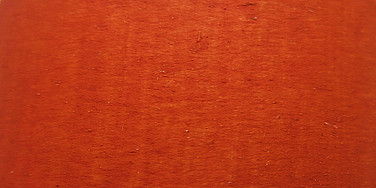Description
This particular pigment is processed directly from cinnabar sourced at Monte Amiata in Tuscany, Italy.
It is an earthier hue and the natural version of the more highly processed vermilion.
Given Monte Amiata's proximity to the seat of the Italian Renaissance, this is very likely to be exactly the same pigment used by Caravaggio, Raphael and Titian. To me that is pretty amazing and exciting - above is a picture of the raw cinnabar from Monte Amiata.
The hue is orange/red with an earthy feel (a dulling of the hue) leaning more towards red than orange, with pink undertones. It has a fresh quality to the hue and is fairly high value in masstone and provides the classic fleshy tints when white is added.
A relatively strong tinter with a wide range of tints available.
The source of the colour is natural mercuric sulphide and should be treated with great respect. Safe studio practices should be observed when using it.
The mixture of mercury and sulphur is straight out of alchemy, with sulphur being the 'omnipresent spirit of life'. A fascinating book to read around this subject is called 'What Painting Is' by James Elkins, it has a close up of a Rembrandt self portrait on the cover which would motivate anybody to paint.
This is a digression, and all that is left to say is that painting with this genuine natural Cinnabar will connect you to some of the human race's greatest triumphs in art, craft and creativity.
Please see the reviews below for other people's very worthy opinions and perspectives on this paint!
Technical Overview
Pigment - Cinnabar
Opacity - Opaque
Binder - Cold Pressed Linseed Oil
Munsell - Hue 7.5 R - Value 3 - Chroma 10
Wallace Seymour Paints












